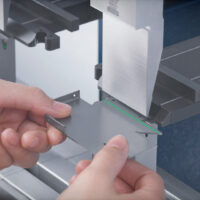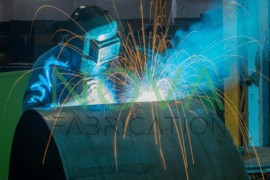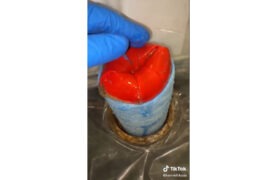As mankind’s ever-growing desire to make his own stuff increases, so does the amount of materials he can use to 3D print with. Wood, metal, carbon fiber, and now… wool?
Researchers at the University of Michigan’s Taubman College of Architecture and Urban Planning developed a new felting process—dubbed Hard + Soft—that allows for different kinds of wool and polyester to be interwoven together in three dimensions:
Creating different tools and workflows, the team used their new robotic needle felting technique to make a number of prototype panels and a single footstool. These showcase a number of different felting techniques such as shingling, shiplap (overlapping layers of felt over each other), and quilting.

According to the team, they came up with the idea due to the relatively sparse use of additive manufacturing in the textile industry. While 3D knitting and weaving exist, the materials used in the processes are limited due to their fiber density and thickness.

Since the innate properties of felt allow it to be combined with different materials, this makes it a more flexible material to work with. This new process felts the material in three dimensions, allowing for more properties (such as stiffness and density) to be added and more shapes to be created.


Felt is most commonly used for soundproofing acoustic panels, but it can also be found in sound dampers for musical instruments and guns, and mixed in with clothes and furniture. With this new felting technique, the team hopes it will be useful in soundproofing more complexly designed open-plan offices.
Learn more over at the Taubman College blog.







